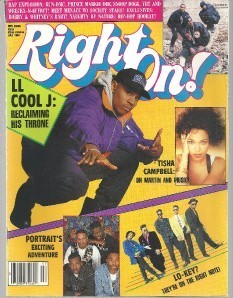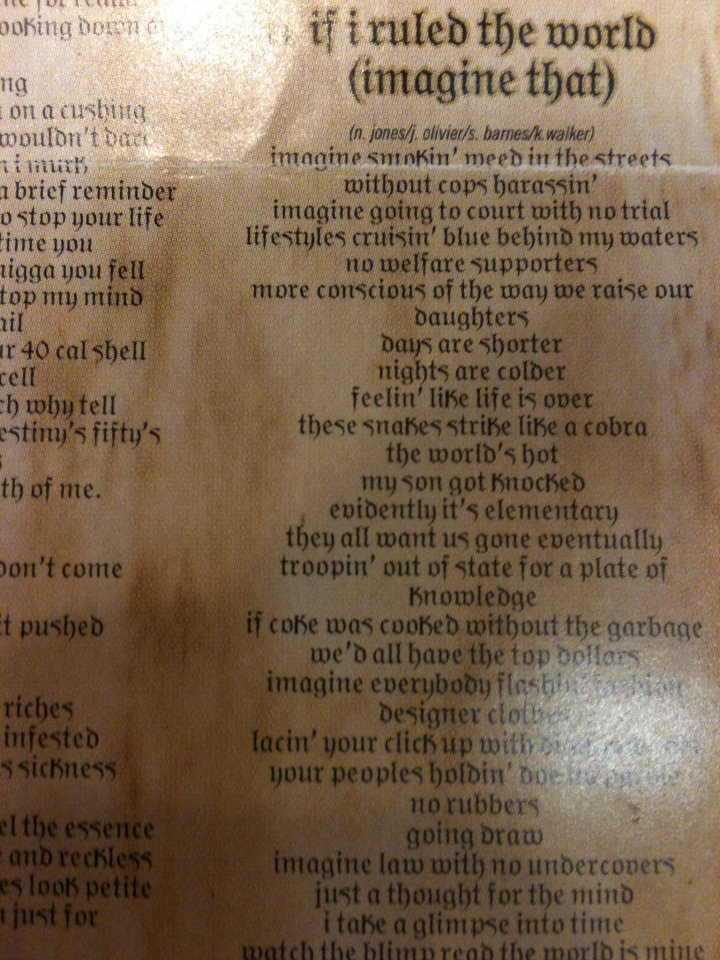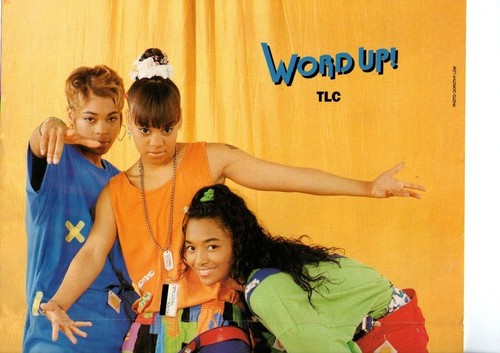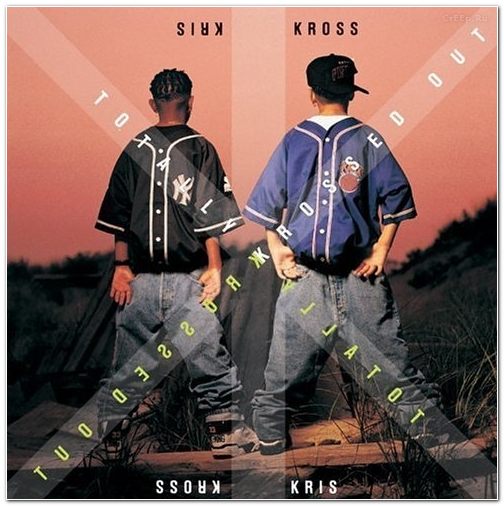This content is being reviewed in light of recent changes to federal guidance.
It Was All A Dream: Liner Notes and 1990s Hip Hop Print and Media Culture
 “It was all a dream I used to read Word Up! magazine …” – opening line from “Juicy” by Notorious B.I.G.
“It was all a dream I used to read Word Up! magazine …” – opening line from “Juicy” by Notorious B.I.G.
In the digital age of itunes, mixtapes, and social media, the demand for going to stores to purchase music and/or music magazines is diminishing. Back in May, I was conversing with a professor about music artists and the necessity of liner notes. In the past, liner notes and music magazines have often served as the intermediary between artist and audience, but today we risk losing those elements of musical and literary history and knowledge of artist-intellectual productions.
It is not my intention to romanticize the 1990s or to suggest that current music artists lack any mode of creativity. My perspective simply evolves from the notion that sometimes technology can be a drawback or hinder our understandings of music, artistry, and lyricism as critical tenets of literary and intellectual history, culture, and scholarship.
 For many people, the music and literature made available helped them to relate to the artists they were most influenced by. Liner notes and music magazines, then, were ways that one could critically or leisurely engage in reading. Back then, I was seeking ways to feel connected to my favorite artists not only through their music, but through the culture that enveloped around it.
For many people, the music and literature made available helped them to relate to the artists they were most influenced by. Liner notes and music magazines, then, were ways that one could critically or leisurely engage in reading. Back then, I was seeking ways to feel connected to my favorite artists not only through their music, but through the culture that enveloped around it.
In any given cassette or CD booklet, the Meta data included everything from trendy graphic designs and photos to listings of writers, producers, music samples, instruments, background vocals, thank you’s, fan club info, and most important- song lyrics. Aside from maybe attending concerts, there was a great feeling of being able to read and sing or rap along with the artist.
The extension of this correlation was made accessible through print media such as Word Up!, Right On! and Fresh magazines, which provided personal interviews, lyrics to top songs or singles, and posters.
 Artists not only had a unique style, but they also had a distinct sound and sometimes addressed issues of (safe) sex, HIV/AIDS, gang and gun violence, female empowerment, and self-esteem to name a few. At the onset of Hip Hop in the 1980s, audiences knew rappers by their Dj’s, but a shift occurred during the 1990s when audiences knew artists primarily by their music producers, songwriters, record labels, and video directors (i.e. Hype Williams and F. Gary Gray).
Artists not only had a unique style, but they also had a distinct sound and sometimes addressed issues of (safe) sex, HIV/AIDS, gang and gun violence, female empowerment, and self-esteem to name a few. At the onset of Hip Hop in the 1980s, audiences knew rappers by their Dj’s, but a shift occurred during the 1990s when audiences knew artists primarily by their music producers, songwriters, record labels, and video directors (i.e. Hype Williams and F. Gary Gray).
Depending on which market musical artists were in (East, West, South), if they were considered major industry Hip Hop or R&B artists, they worked with top producers, labels, and songwriters.
 Many of the mature and prominent artists today were leading artists during the 1990s and began their careers with:
Many of the mature and prominent artists today were leading artists during the 1990s and began their careers with:
Jermaine Dupri (Columbia/RuffHouse then SoSo Def Records)
 L.A. Reid and Kenneth “Babyface” Edmonds (LaFace/Arista Records)
L.A. Reid and Kenneth “Babyface” Edmonds (LaFace/Arista Records)
Organized Noize (produced for Outkast, TLC, and Goodie M.O.B. under LaFace Records)
Timbaland (Blackground Entertainment/Atlantic)
Missy Elliott (GoldMind/EastWest)
Russell Simmons (Def Jam Records)
Diddy (Bad Boy Records), and
Dr. Dre (Deathrow Records)
Debra Killings, who is currently a neo-soul gospel singer and the female bass guitarist on The Monique Show on BET, provided many of the earlier background vocals for groups such as TLC and Outkast.